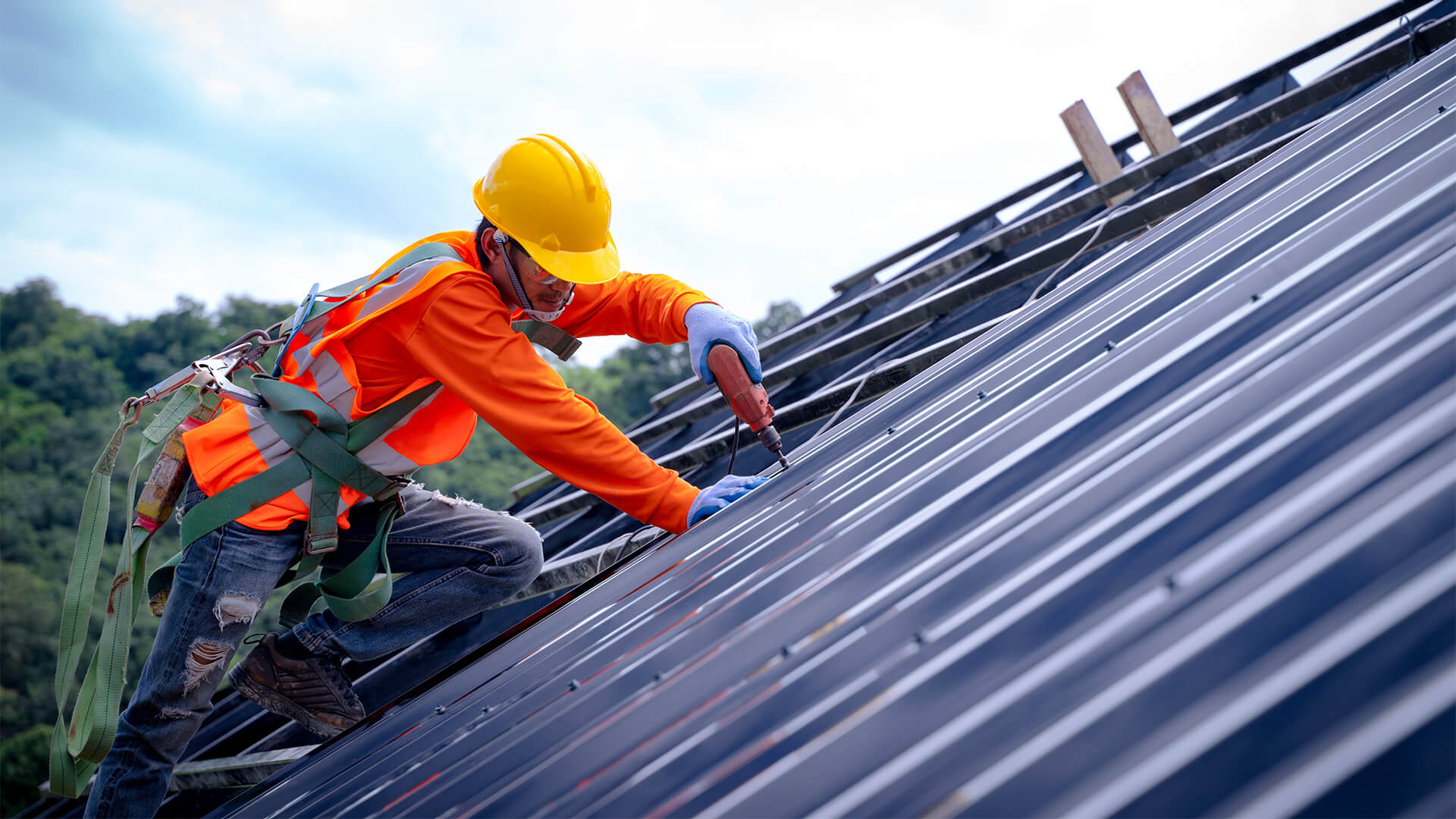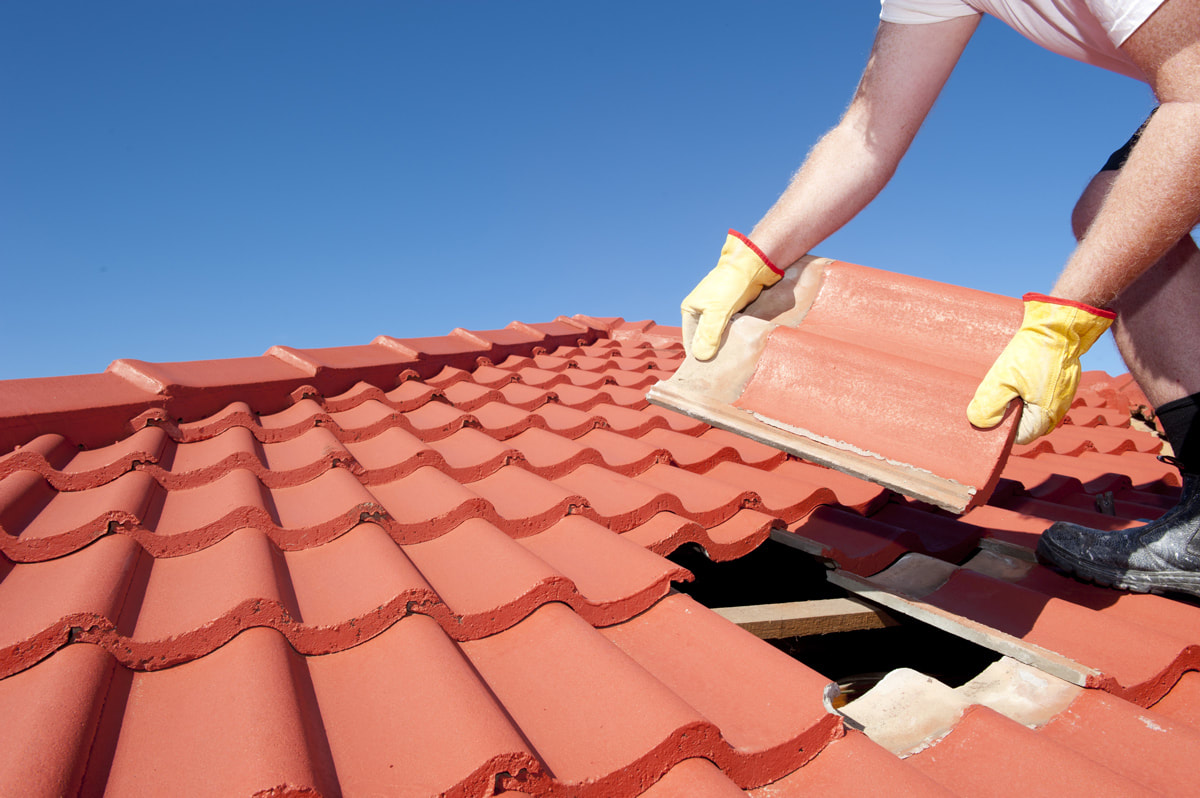Roofing Companies Oahu: Top-Rated Roofers for All Roofing Projects
Roofing Companies Oahu: Top-Rated Roofers for All Roofing Projects
Blog Article
Recognizing the Various Kinds Of Roofs: A Comprehensive Guide for Homeowners
In the world of homeownership, selecting the suitable roof style is a choice that brings substantial effects for both functionality and visual appeal. With a selection of options-- ranging from the traditional gable to the contemporary flat-- each kind offers unique benefits and obstacles that need to line up with the homeowner's environmental factors to consider and details demands. Recognizing these differences not only help in making an enlightened selection yet likewise influences lasting upkeep and power effectiveness. As we explore the intricacies of different roofing system types, it ends up being obvious that a person size does not fit all; the best choice might shock you.
Gable Roof Coverings
Gable roofings, defined by their triangular shape, are among one of the most popular roof covering styles as a result of their simpleness and performance in losing water and snow. This style features two sloping sides that fulfill at a ridge, permitting reliable drainage and lessening the risk of water build-up. The high pitch typically associated with saddleback roofs enhances their capacity to handle hefty rainfall, making them suitable for different climates.
In addition to their sensible benefits, gable roofings offer aesthetic adaptability. They can be adjusted to different architectural styles, from typical to contemporary homes. The layout can also fit extra attributes such as dormer windows, which enhance natural light and ventilation in the attic room.
Furthermore, gable roof coverings provide sufficient area for insulation, adding to energy performance. Homeowners can select from a range of roof covering products, consisting of asphalt shingles, metal, and ceramic tiles, better enhancing customization options.
Despite their benefits, saddleback roofs may need additional assistance in locations prone to high winds or heavy snowfall. In general, the saddleback roof remains a favored choice due to its blend of functionality, resilience, and visual charm.
Flat Roofs
Flat roofing systems are frequently recognized for their minimal design and practical applications, particularly in business and commercial settings (oahu roofing). These roofings feature a almost horizontal or straight surface, which enables easy building and construction and functional space utilization. While they might lack the aesthetic allure of angled roofs, flat roof coverings use many advantages, especially in urban settings where maximizing room is vital
One of the key advantages of flat roof coverings is their availability. Property owners can utilize the roofing system room for different objectives, such as rooftop gardens, terraces, or photovoltaic panel installations. Furthermore, flat roofings are normally much more cost-effective to preserve and set up compared to their sloped counterparts, as they need less materials and labor.
Common materials used for flat roofings consist of built-up roof covering (BUR), changed asphalt, and single-ply membrane layers, each offering distinct advantages. Overall, flat roofs offer as a useful and versatile option for lots of house owners and organizations alike.
Hip Roof Coverings
Hip roofing systems are characterized by their sloped sides that converge at the top, forming a ridge. This design stands out from saddleback roofs, as all four sides of a hip roof incline downwards towards the walls, providing a much more stable framework. The angle of the inclines can differ, allowing for convenience Get More Info in building appearances and capability.
Among the main benefits of hip roof coverings is their capability to stand up to heavy winds and damaging weather. The sloped surfaces make it possible for much better water drainage, lowering the risk of leaks and water damages. Additionally, hip roofs supply boosted attic room area, which can be made use of for storage space or perhaps exchanged comfortable areas.
However, creating a hip roofing system can be much more expensive and complex than easier roof types, such as gable roofs. The added material and labor associated with creating the slopes and making certain appropriate architectural stability can bring about higher costs. In spite of these downsides, numerous house owners favor hip roofs for their toughness, aesthetic charm, and possibility for power effectiveness.
Mansard Roofs
Mansard roofing systems, usually acknowledged by their one-of-a-kind four-sided style, attribute two inclines on each side, with the reduced slope being steeper than the top. This building design, stemming from France in the 17th century, is not only visually attractive however useful, as it optimizes the useful space in the upper floors of a building. The high lower incline permits more headroom, making it an optimal choice for attic rooms or loft spaces, which can be transformed into living areas.
Mansard roof coverings are identified by their flexibility, fitting different building designs, from typical to modern. They can be constructed with various materials, including asphalt shingles, slate, or metal, offering property owners with a series of choices to fit their preferences and budget plans. Additionally, the style enables the integration of dormer windows, enhancing all-natural light and air flow in the top degrees.
Nevertheless, it is vital to think about the More Help possible drawbacks. Mansard roofs might call for more maintenance due to the intricacy of their design, and their high slopes can be testing for snow and rainfall overflow. In general, mansard roofing systems integrate style with usefulness, making them a prominent choice amongst home owners looking for distinct architectural features.
Lost Roofs
As home owners progressively seek simpleness and performance in their building designs, lost roofings have become a prominent option. Defined by a solitary sloping airplane, a shed roof offers a minimal visual that matches various home designs, from contemporary to rustic.
Among the primary advantages of a shed roof covering is its straightforward construction, which usually equates to decrease labor and material costs. This style permits efficient water drainage, lowering the risk of leaks and water damage. Additionally, the upright slope provides sufficient area for skylights, boosting natural light within the inside.
Lost roofing systems likewise offer flexibility in regards to use. They can be effectively integrated right into enhancements, garages, or outdoor structures like structures and sheds. Additionally, this roof covering style can accommodate different roof products, including steel, asphalt tiles, and even green roofings, straightening with environmentally friendly efforts.
Nonetheless, it is vital to consider local climate conditions, as heavy snow loads may demand changes to the roofing's angle or framework. Overall, shed roofs provide a sensible and cosmetically pleasing alternative for house owners seeking to optimize capability without endangering design.
Final Thought


Gable roofings, characterized by their triangular shape, are among the most popular roof covering designs due to their simplicity and efficiency in losing water and snow. oahu roofing. The high pitch frequently linked with gable roofing systems improves their capacity to handle heavy precipitation, making them suitable for different climates
While they may do not have the aesthetic appeal of pitched roofings, flat roofings provide numerous advantages, especially in metropolitan settings his comment is here where taking full advantage of room is essential.

Report this page